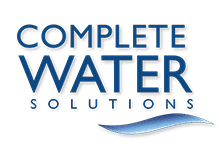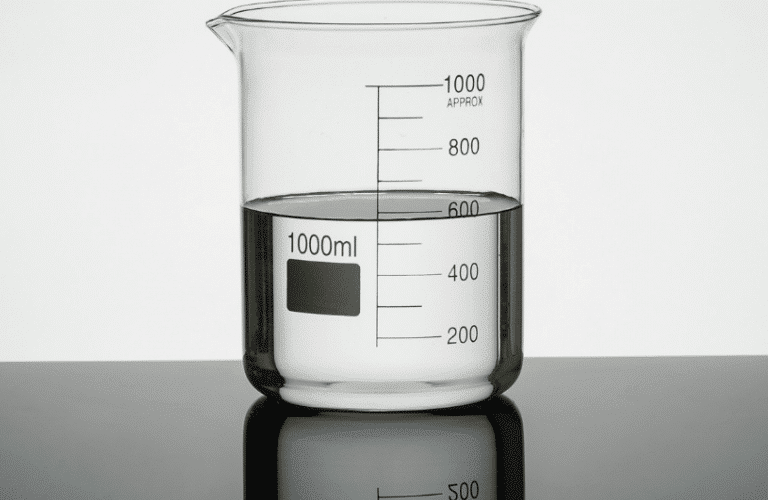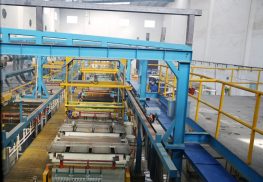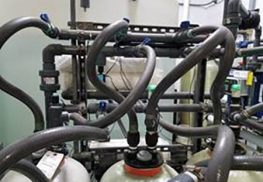Electro Plating & Rinse Bath
Water Treatment
Electro Plating & Deionization
by Complete Water Solutions
The deionized water specifications will vary according to the paint manufacturer’s requirements but, generally speaking, DI water with a specific conductance of less than 10 micromhos (equivalent to a resistance of 100,000 ohms) is needed. On most city water supplies, this can be achieved using a two-bed deionizer or a reverse osmosis system.
The Difference Between Distilled & Deionized Water
Distillation removes minerals, bacteria, and many organics. However, it may not remove all oils and VOCs (volatile organic chemicals) from water as they can carry over in the steam. Deionization removes minerals, oils, and VOCs but will not remove bacteria, sugars and other organics.
Deionized water contains very few ions, making it ideal in a chemical solution. Because it contains very few things aside from H2O, we know the bath will have only what we add to it and want it to have. This also means that cleaner baths made up with purified water should last longer than identical baths made with hard or soft water. Truly purified and clean water will never cause water spots. The appearance of water spots following a purified water rinse indicates that either the water is not as clean as previously thought, or that contaminants have found their way into the rinse.
Precision Plating Company
All of the Complete Water Solutions’ technicians are very knowledgeable. They take their time onsite and check over everything, even on just routine DI Take Exchanges. Each of the Complete Water team technicians communicates after every visit to let us know how things are operating. This gives us peace of mind knowing that the system is operating efficiently.
We have had complete water solutions for over two years now and highly recommend them to maintain your water treatment system.
Sincerely,
Director of Chemical and Environmental Compliance
Need Help With Electro Plating and/or Rinse Bath Water Treatment?
SCHEDULE SERVICE OR INSTALLATION/ASK A QUESTION








